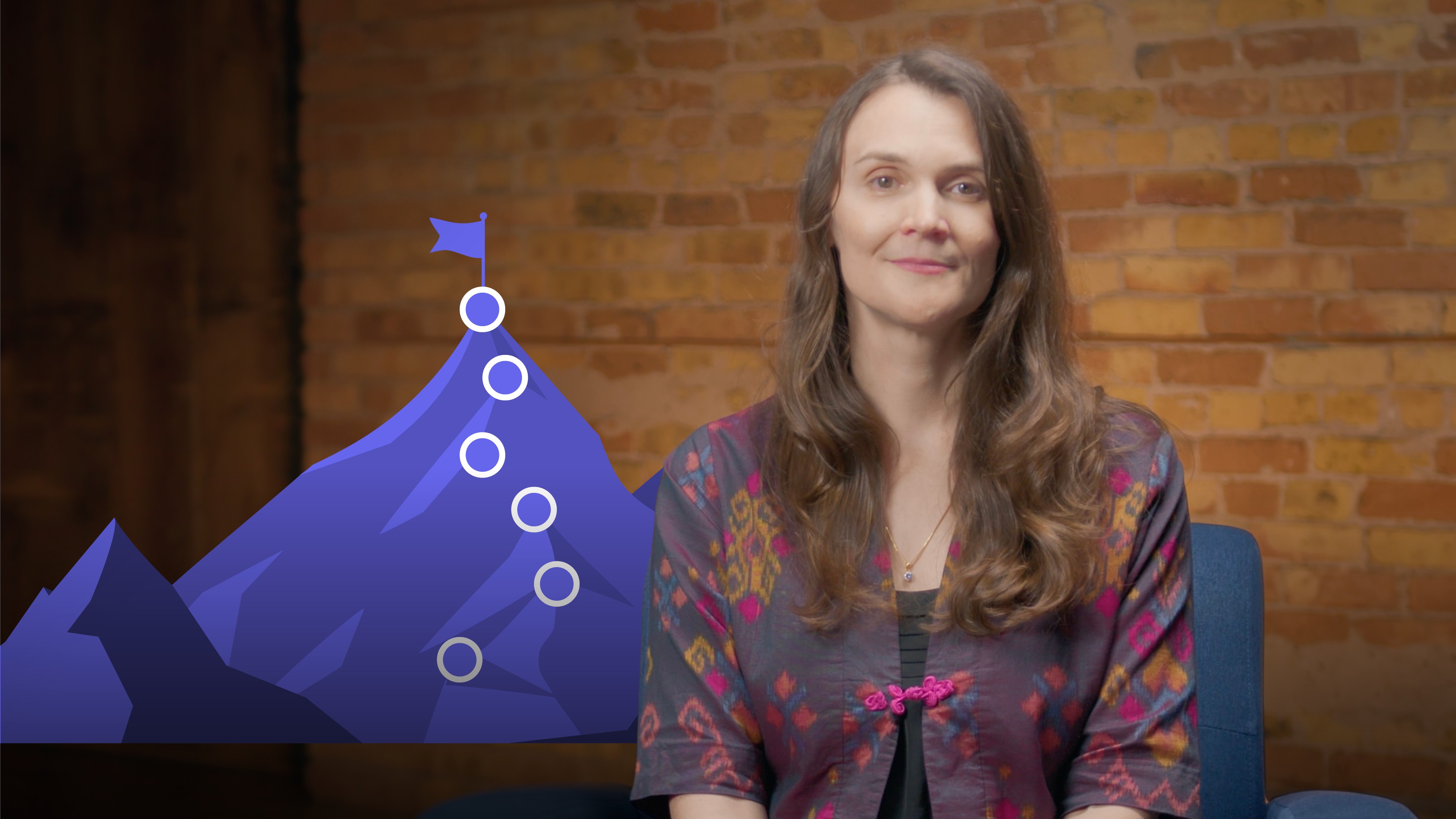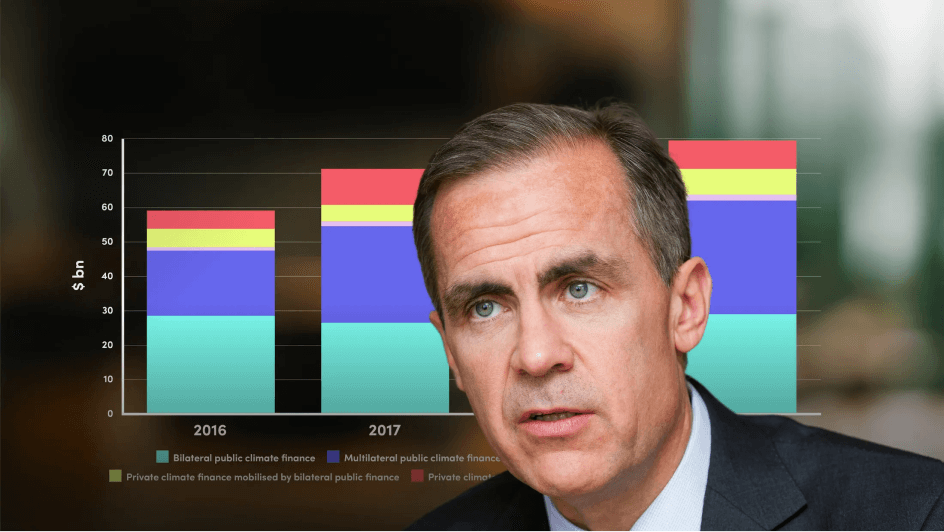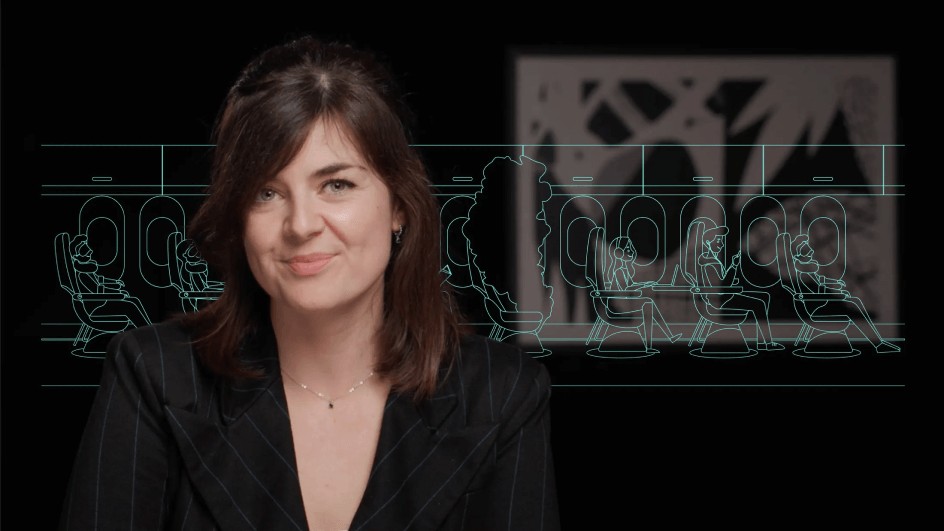
8-Step Process for Creating Change

Joi Danielson
System Change and Transformation Specialist
System change can be overwhelming… unless you have a seasoned professional to guide you. Watch Joi Danielson as she takes us through her 8-step process to create real-world transformation.
System change can be overwhelming… unless you have a seasoned professional to guide you. Watch Joi Danielson as she takes us through her 8-step process to create real-world transformation.
Subscribe to watch
Access this and all of the content on our platform by signing up for a 7-day free trial.

8-Step Process for Creating Change
7 mins 29 secs
Key learning objectives:
Outline 8-step process for system change
Understand what success looks like in system change
Overview:
Subscribe to watch
Access this and all of the content on our platform by signing up for a 7-day free trial.
- Build a burning platform: The first step is creating a compelling narrative that makes people care. Using the right story and visuals highlights the cost of inaction and paints a vision of what’s possible. Emotional urgency sets the foundation for momentum, galvanising support for change before any data or design work begins.
- Understand what needs to change: This involves analysing research, reports, interviews, and local stakeholder knowledge, often combined with financial modelling to explore potential solutions. The aim is to build shared understanding, estimate costs and risks, and shape strategies that are realistic and actionable.
- Pilot solutions: Frontline pilots build credibility and provide the evidence base needed for scaling. Alongside communities, teams co-develop solutions, uncover root-cause constraints, and refine methods.
- Build coalitions: Credibility from pilots and research allows organisations to align with others who share a similar theory of change. Diverse stakeholders co-create solutions that address system barriers.
- Test larger pilots: With coalition support, larger and more ambitious pilots are launched. These experiments refine operational, governance, and financial models. Successful large-scale pilots provide proof points, reduce perceived risks and create replicable models for wider adoption.
- Influence policy: Insights from pilots and coalitions are translated into national policy change. Teams work with governments to address policy barriers, align on better solutions, and implement changes that unlock systemic impact at scale.
- Make systems investable: To move from pilots to national-level change, pre-investable systems are transformed into investable ones. Innovative financial instruments de-risk investments, attract diverse funding sources, and provide a clear pathway for scaling solutions beyond philanthropy and grants.
- Institutionalise and scale: The focus shifts to building infrastructure and capacity for rapid expansion. Local actors, governments, and communities are equipped to sustain and scale the system, ensuring long-term transformational impact.
- Trackable results: Policies, markets, infrastructure, and behaviours evolve in ways that can be monitored.
- Sustainable outcomes: Solutions create lasting benefits without reliance on a single organisation.
- System-wide change: True system change ensures that the system functions better for people and nature, demonstrating that interventions have addressed root causes rather than shifting problems elsewhere.
Subscribe to watch
Access this and all of the content on our platform by signing up for a 7-day free trial.

Joi Danielson
There are no available Videos from "Joi Danielson"





























